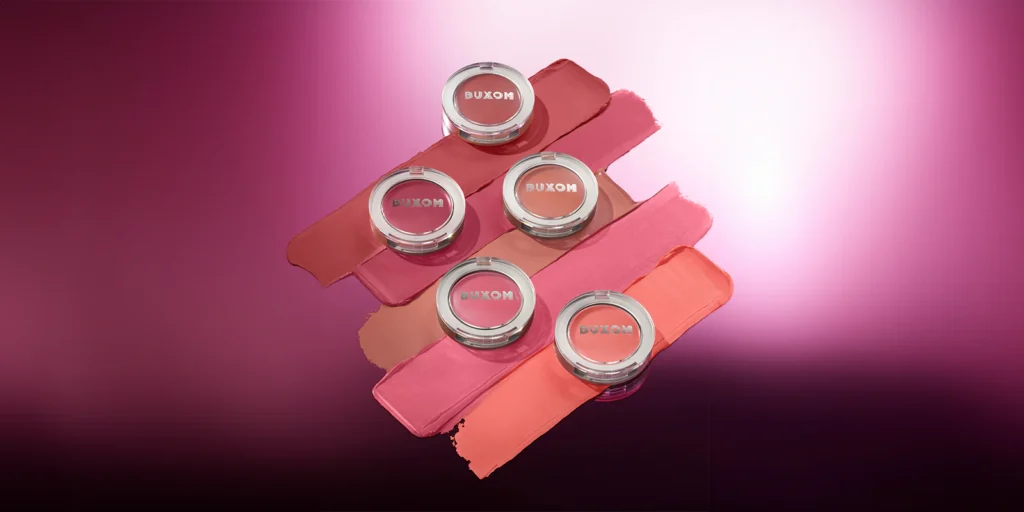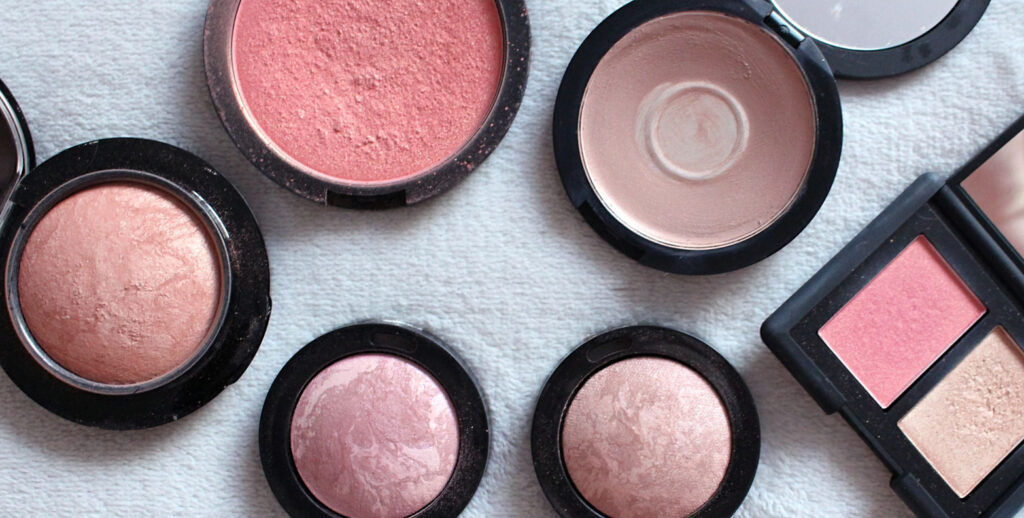Discover the perfect blush for every skin tone! From fair to deep complexions, learn tips, tricks, and expert advice to achieve a natural, radiant flush.
Introduction
Blush: it’s that little pop of color that can instantly transform your face, making you look more awake, lively, and—dare we say—radiant. But picking the right shade of blush for your skin tone? Well, that can be a bit tricky! With so many shades out there, it’s easy to grab the wrong one and end up looking more like a clown than a glowing goddess.
The good news? There’s a perfect blush for every skin tone! And once you find that golden (or should we say pink or peach?) hue, you’ll wonder how you ever lived without it. Whether you’ve got a porcelain complexion or a deep, rich skin tone, there’s a blush out there that’ll make your cheeks sing. Ready to find your perfect match? Let’s dive in!
Why Is Blush So Important?
Before we get into the nitty-gritty of finding the perfect blush for every skin tone, let’s talk about why blush is so crucial in your makeup routine. Sure, contour and highlighter have their place in sculpting and glowing up your face, but blush is the unsung hero that pulls everything together. Why?
- It adds life to your face: Even with flawless foundation and concealer, your skin can look a bit flat. A touch of blush instantly brings warmth and vibrancy back to your complexion.
- Enhances your natural flush: The right blush mimics that rosy glow you get after a workout or when you’re feeling a little flirty. It’s like nature’s little color boost for your cheeks!
- Balances other makeup: Bold eyes or lips? A soft blush helps balance out stronger makeup elements, making sure you don’t look overdone.
- Youthful touch: Let’s be real—blush can shave years off your look. It adds that subtle, healthy glow that’s reminiscent of younger, fresher skin.
Now that we know why blush is a makeup must-have, let’s talk about how to pick the best shade for you.
How to Choose the Perfect Blush for Every Skin Tone
1. Fair to Light Skin Tones
If your skin is on the lighter side, blush is your best friend—but it’s easy to go overboard. For fair-skinned beauties, less is definitely more.
Best Blush Colors:
- Soft Pinks: Light pinks are a go-to for fair skin, as they complement the natural rosiness without overwhelming your complexion.
- Peachy Pinks: For a little more warmth, opt for a peach-pink blend that adds a healthy glow without looking too orange or too pink.
- Cool Lavender Tones: If your skin has cool undertones, a subtle lavender blush can add dimension while staying fresh and light.
Pro Tip: If you’re fair-skinned, cream blushes might be your best bet! They melt into the skin, giving a more natural finish than powder blushes, which can sometimes look cakey or overly pigmented on light skin.

2. Medium to Olive Skin Tones
Ah, the middle ground. Medium and olive skin tones are incredibly versatile, which means you’ve got quite a few options. You can handle a bit more pigment without it looking too stark, so don’t be afraid to play around with richer hues.
Best Blush Colors:
- Corals and Peaches: These tones warm up medium skin and give you that sun-kissed glow we all crave.
- Rosy Pinks: A classic, rosy pink adds a natural flush to medium complexions. Think of it as your post-vacation color, without the sunburn.
- Bronze or Coppery Shades: These can double as a bronzer and blush combo, especially if you lean toward a warmer olive tone. A hint of shimmer adds a nice pop!
Pro Tip: When applying blush to medium skin, you can layer shades for a multidimensional look. Start with a peach base, then lightly dust a pink over the apples of your cheeks for a fresh, dewy vibe.

3. Tan to Deep Skin Tones
Darker skin tones often get the short end of the stick when it comes to blush options, but the reality is that rich, bold colors look stunning on tan and deep complexions. The key here is going for deeper shades that won’t get lost on your skin.
Best Blush Colors:
- Rich Berries: Deep plum and berry tones look absolutely gorgeous on deeper skin tones, offering a striking yet natural finish.
- Vibrant Reds: A deep red blush can give tan and dark skin tones that beautiful, just-came-in-from-the-cold flush. It looks bold in the pan but trust us, it blends beautifully on deeper complexions.
- Burnt Oranges or Terracotta: For a warm, earthy glow, burnt oranges or terracotta shades work wonders. They give just enough warmth and complement the natural depth of tan skin tones.
Pro Tip: Powder blushes with a satin or shimmer finish add that extra glow factor, catching the light beautifully on deeper skin tones. Just remember to blend well!

Blush Application Tips for a Flawless Look
Now that you’ve got the right shade in your makeup bag, how do you apply it to make the most of your features? Here’s the lowdown:
1. Know Your Face Shape
Different face shapes can benefit from different blush placement. Here’s a quick guide:
- Round Faces: Apply blush slightly higher on the cheekbones to elongate the face.
- Oval Faces: Apply directly on the apples of the cheeks, blending outwards.
- Square Faces: Focus on the apples but blend towards the ears to soften strong angles.
- Heart-Shaped Faces: Keep the blush on the lower part of the cheeks, avoiding the temples to keep the forehead from looking wider.
2. Blend, Blend, Blend!
No matter your skin tone or face shape, the key to a natural look is blending. Start light and build up the color gradually. Use a fluffy brush for powders and a stippling brush or your fingers for cream blushes.
3. Layer for Longevity
If you want your blush to last all day, try layering a cream blush with a powder blush on top. The cream base helps the color adhere to your skin, while the powder locks it in.
Common Blush Mistakes and How to Avoid Them
We’ve all had our moments with blush gone wrong. Avoid these common pitfalls to keep your look on point:
- Too Much Product: It’s easy to over-apply, especially with highly pigmented blushes. Tap off excess product from your brush before applying to avoid going overboard.
- Wrong Placement: Blush that’s placed too close to the nose or too low on the cheeks can drag down your face. Stick to the apples of your cheeks and blend upwards for a lifted look.
- Ignoring Undertones: Just like foundation, your blush should match your skin’s undertone. Warm undertones pair well with peaches and corals, while cool undertones look best with pinks and plums.
Frequently Asked Questions (FAQs)
1. How can I make my blush last longer?
For long-lasting blush, try layering. Apply a cream blush first, then set it with a powder blush in a matching shade. Finish with a setting spray for extra hold.
2. Can I use lipstick as blush?
Absolutely! If you’re in a pinch, a creamy lipstick can double as a blush. Just dab a small amount onto your cheeks and blend it out with your fingers.
3. How do I choose the right blush for my undertone?
Warm undertones look best with peach, coral, and warm bronze shades. Cool undertones suit pink, berry, and plum shades. If you’re unsure, check the veins on your wrist—green veins indicate warm undertones, while blue veins suggest cool undertones.
Conclusion
Finding the perfect blush for every skin tone doesn’t have to be a daunting task. It’s all about knowing your skin’s undertones, embracing your natural beauty, and finding the right hue to enhance your complexion. Whether you’re rocking a light, rosy pink or a bold, deep berry, there’s a blush out there just waiting to elevate your look. So go ahead, find your perfect match, and let your cheeks glow like never before!

